Urban Dance has rapidly gained popularity over the past few decades, captivating audiences with its dynamic energy, innovative choreography, and deep connection to contemporary music. As the dance form has grown, so too has the language used to describe it, leading to a variety of terms and labels that attempt to encapsulate its essence. One of the most common and contentious issues in this context is the frequent mislabeling of Urban Dance as “Hip Hop.” While at first glance this might seem like a harmless or convenient shorthand, it is a simplification that overlooks the rich cultural heritage and distinct characteristics of Hip Hop. This misnomer not only undermines the authenticity of Hip Hop culture but also blurs the lines between two unique forms of dance, each with its own history, influences, and significance.
Hip Hop, as a cultural and artistic movement, originated in the Bronx, New York, during the 1970s. It emerged as a powerful means of expression for marginalized communities, particularly African American and Latino youths, offering an outlet for creativity, resistance, and unity. Hip Hop is not just a genre of music or dance but a comprehensive cultural phenomenon encompassing four key elements: DJing, MCing (rapping), graffiti art, and breaking (breakdancing). Each of these elements is deeply rooted in the socio-political context of its time, reflecting the struggles, aspirations, and resilience of the communities from which Hip Hop emerged.
Urban Dance, on the other hand, is a more recent and broader term that encompasses a variety of styles influenced by street dance, hip hop, funk, and even contemporary and classical dance forms. It is primarily characterized by its choreographic focus, where dancers and choreographers draw from an eclectic mix of movements to create routines that are often performed in competitive, theatrical, or commercial settings. Unlike Hip Hop, which is intrinsically linked to specific cultural and historical contexts, Urban Dance is more fluid and adaptable, evolving rapidly in response to new trends and influences.
The distinction between Urban Dance and Hip Hop is crucial not only for preserving the integrity of Hip Hop culture but also for recognizing the diversity and innovation within the broader dance community. Mislabeling Urban Dance as Hip Hop can lead to a dilution of Hip Hop’s rich cultural heritage, reducing it to a mere aesthetic or trend rather than acknowledging its profound socio-cultural significance. It also fails to appreciate the unique contributions of Urban Dance, which, while influenced by Hip Hop, stands as a distinct and evolving form of artistic expression.
Understanding and respecting the differences between these two forms of dance is essential for dancers, educators, and audiences alike. By doing so, we can honor the roots of Hip Hop, celebrate the innovation of Urban Dance, and foster a more informed and respectful dialogue within the dance community. This article aims to explore why it’s important to differentiate between Urban Dance and Hip Hop, highlighting the historical, cultural, and artistic reasons behind this distinction.
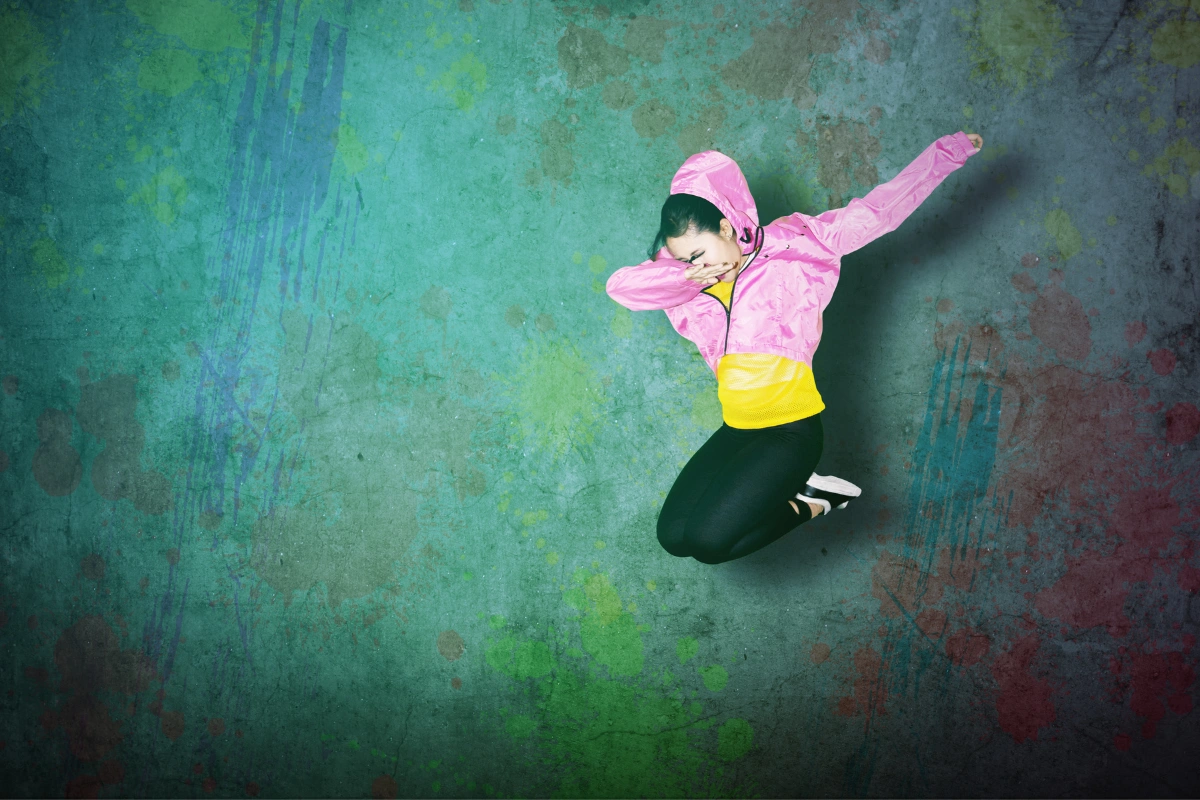
Hip Hop is a culture
What is Hip Hop? Hip Hop is not merely a genre of music or a style of dance; it’s a multifaceted cultural phenomenon that emerged from the streets of the Bronx in the 1970s. Initially serving as a creative outlet for marginalized youth, it quickly evolved into a powerful means of self-expression, empowerment, and community connection.
At its core, Hip Hop embodies a way of life—a mindset ingrained with resilience, creativity, and authenticity. It encompasses various artistic forms, including dance (such as Breaking and Party Dancing), visual art (graffiti), spoken word (rap), music production, and fashion. These elements collectively reflect the ethos and experiences of the communities that birthed them.
Breaking and Party Dancing, specifically, emerged as distinctive forms within the broader tapestry of Hip Hop culture. They are not just movements on the dance floor; they are manifestations of a rich history, rooted in the struggles and triumphs of Black and Latino communities.
When we label a dance style as “Hip Hop,” we are acknowledging its connection to a dynamic cultural heritage—one shaped by socio-political realities and personal narratives. This cultural lineage continues to evolve, adapting to contemporary contexts while remaining grounded in its origins.
Hip Hop is more than just a cultural artifact; it’s a living entity, constantly evolving and resonating with new generations. Despite changes in music trends and dance styles, its essence remains deeply intertwined with the voices and experiences of its creators and innovators.
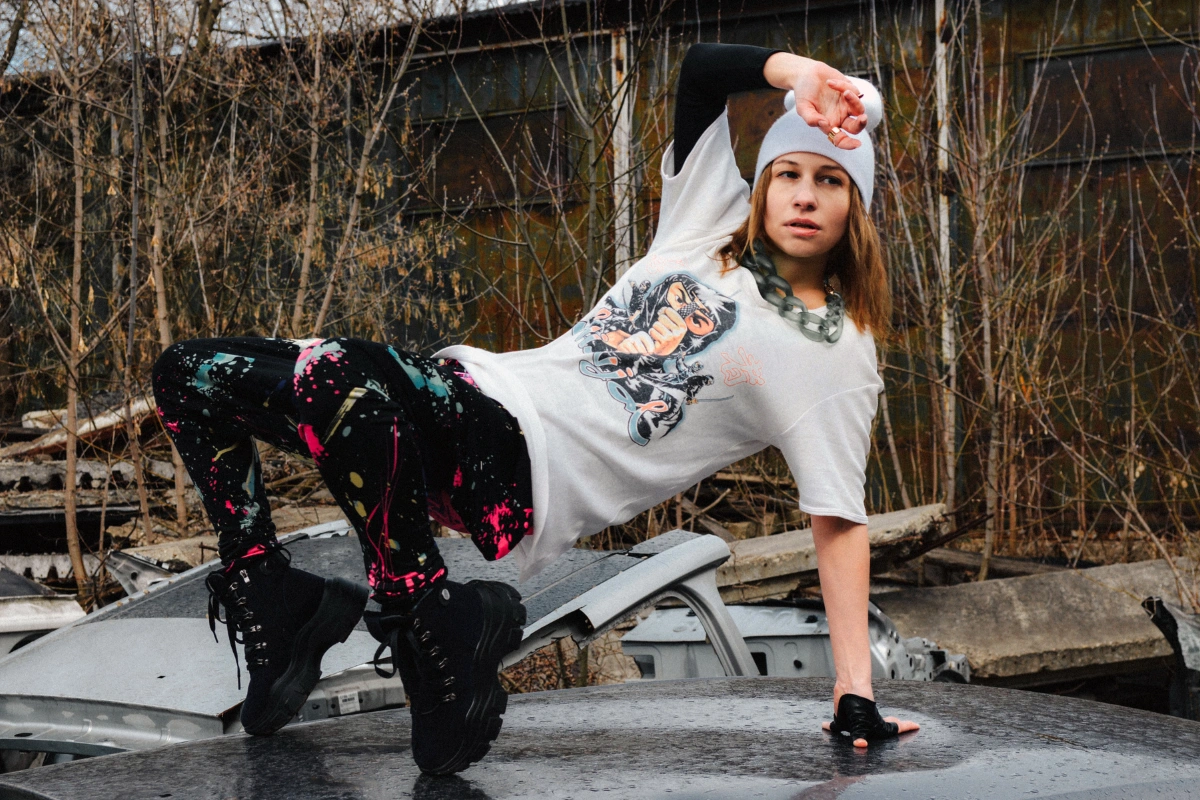
What’s not Hip Hop
What falls outside the realm of authentic Hip Hop is a topic that warrants scrutiny, particularly as the term has been co-opted and diluted by mainstream culture. As the concept gained traction in the media, dance studios eagerly jumped on the bandwagon, offering classes branded as “Hip Hop.”
While these efforts may have been well-intentioned, many of these studios lacked instructors who truly understood and embodied the essence of Hip Hop. It’s akin to mimicking a foreign language without comprehending its meaning; the result is a superficial imitation devoid of substance. Instead of honoring its roots and culture, these classes often capitalized on the buzz surrounding the label, using it as a marketing ploy.
When a studio teaches “Hip Hop moves” divorced from the music and culture that birthed them, they strip away the very soul of the style. The Source Magazine, initially a platform for DJs and rap artists, played a pivotal role in shifting the industry’s perception from rap music to Hip-Hop music, reflecting its broader cultural and political significance.
However, what followed was a commodification of the term “Hip Hop,” effectively reducing it to a catch-all phrase for anything associated with Black and Brown youth—whether it be music, fashion, or even gang activity. Mainstream media, including popular TV shows and movies like the Step Up Franchise and Stomp The Yard, further perpetuated this skewed understanding of Hip Hop.
While these portrayals may have glamorized Hip Hop, they often sanitized it, stripping away its raw authenticity. The commercialization of Hip Hop brought increased visibility and economic opportunities, but it came at a cost. The true essence of Hip Hop—a vibrant culture rooted in community, self-expression, and resilience—was lost amidst the pursuit of profit.
When I think of Hip Hop, I envision vibrant jams, pulsating clubs, and spirited freestyle sessions—spaces where individuals authentically express themselves, free from constraints. While the media’s increased focus on Hip Hop has undoubtedly created opportunities, it has also led to a proliferation of superficial representations, diluting the true essence of the culture.
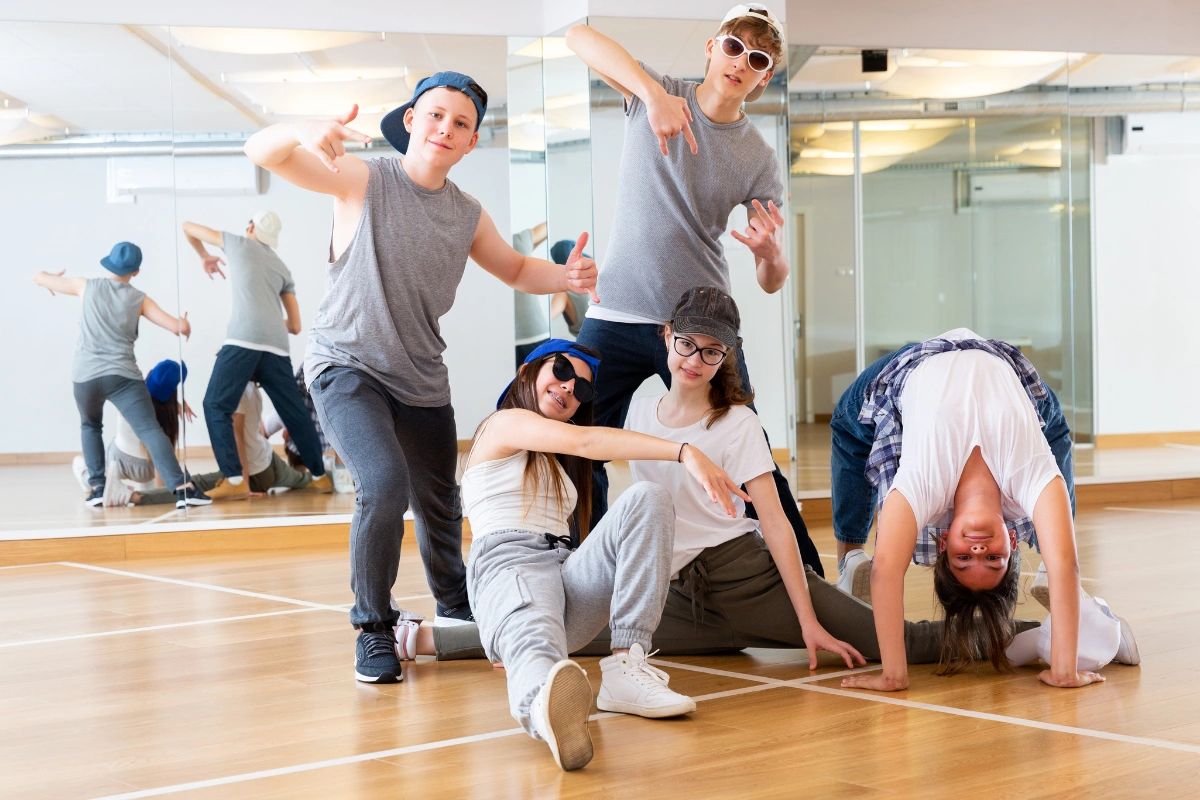
Why you shouldn’t call Urban Dance “Hip Hop”
The issue with labeling Urban Dance as “Hip Hop” boils down to a complex matter: appropriation.
What is Urban Dance? Urban Dance is a dynamic and evolving dance genre that emerged from urban environments, primarily in the United States. It encompasses a broad spectrum of styles and techniques, often influenced by street dance, hip hop, funk, and other urban dance traditions. This genre is characterized by its emphasis on improvisation, creativity, and individual expression, making it a unique and versatile form of dance.
At its core, Urban Dance is deeply intertwined with contemporary music, especially genres like hip hop and R&B. Dancers choreograph routines to popular urban music tracks, integrating freestyle movements, intricate footwork, and expressive body language. This connection to current musical trends keeps Urban Dance fresh and relevant, allowing it to continuously evolve and adapt.
One of the key aspects of Urban Dance is its diversity. Unlike more traditional dance forms that adhere to specific techniques and structures, Urban Dance encourages dancers to draw from a wide range of influences. This can include anything from classical ballet and jazz to modern dance and even martial arts. The result is a fusion of styles that reflects the individual backgrounds and creativity of the dancers.
The cultural context of Urban Dance is also significant. It emerged from the vibrant and often challenging environments of urban areas, where dance served as a powerful means of expression and community building. It provided a way for marginalized youth to find their voice, assert their identity, and connect with others. This cultural heritage continues to be a vital part of Urban Dance, influencing its themes and movements.
Urban Dance has grown into a global phenomenon, with dedicated communities, competitions, workshops, and events worldwide. These gatherings foster a sense of camaraderie and mutual respect among dancers, encouraging them to push the boundaries of their art form. High-profile competitions like World of Dance and events such as Hip Hop International showcase the incredible talent and innovation within the Urban Dance community.
Moreover, the digital age has played a crucial role in the proliferation of Urban Dance. Social media platforms, YouTube, and other online channels have made it easier for dancers to share their work, learn from one another, and gain recognition. This accessibility has democratized dance, allowing people from all walks of life to participate and contribute to the evolution of Urban Dance.
Despite its broad appeal and eclectic nature, Urban Dance is often misunderstood or misrepresented. It is sometimes conflated with hip hop, though it is distinct in its broader inclusivity of various styles and influences. The term “Urban Dance” itself can be contentious, as it carries socio-cultural connotations and implications that may not fully capture the genre’s complexity and depth.
In conclusion, Urban Dance is a vibrant, multifaceted dance genre that celebrates creativity, individuality, and cultural expression. It bridges various dance styles and draws from a rich tapestry of influences, continually evolving in response to contemporary music and social trends. As a global movement, it fosters community, innovation, and a deep appreciation for the art of dance.
Each movement within the realm of Hip Hop carries profound socio-cultural significance, rooted in the lived experiences of its creators and practitioners. These movements are not merely steps; they are expressions of identity, resistance, and resilience. By appropriating these moves without a genuine understanding of their context, one diminishes their intrinsic value and overlooks the rich cultural heritage from which they emerged.
Urban Dance and Hip Hop may share some superficial similarities in terms of movement aesthetics, but they originate from distinct cultural contexts. Hip Hop is more than just a style of dance; it’s a multifaceted cultural phenomenon born from the streets of marginalized communities. It encompasses a broader spectrum of artistic expressions, including graffiti art, rap music, DJing, and more, each intertwined with the socio-political realities of its creators.
Urban Dance, on the other hand, may draw inspiration from various urban cultures and dance styles, but it lacks the inherent socio-cultural roots and authenticity that define Hip Hop. To conflate the two is to overlook the unique history, struggles, and triumphs embedded within the Hip Hop culture.
By refraining from labeling Urban Dance as “Hip Hop” and acknowledging its distinct identity, we honor the integrity of both art forms and pay homage to the communities that have nurtured them. It’s essential to recognize and respect the cultural specificity of each dance style, ensuring that they are celebrated in their own right without diluting their significance through misappropriation.
So… What is Urban Dance, then?
Urban Dance represents a distinct realm within the broader dance landscape, characterized by its emphasis on choreography and individual expression. Unlike Hip Hop, which encompasses a specific cultural and stylistic tradition, Urban Dance transcends any singular dance form or genre, instead focusing on the creation and execution of choreographic sequences.
At its core, Urban Dance revolves around the art of choreography—an act that allows choreographers to infuse their unique perspectives, backgrounds, and influences into their movements. Choreographers draw from a myriad of sources, including their own training, personal experiences, and cultural influences, to craft choreography that resonates with them on a deeply personal level.
For instance, a choreographer with a background in Popping may incorporate isolations and hits into their routines, while another with roots in breakdancing might showcase intricate footwork and dynamic floorwork. Despite these diverse influences, both choreographers are united under the umbrella of Urban Dance, showcasing the breadth and versatility of the art form.
While Urban Dance practitioners may draw inspiration from elements of Hip Hop, Breaking, and street/funk styles, it’s crucial to recognize that Urban Dance is not synonymous with Hip Hop. Rather, it represents a fusion of various dance styles and influences, shaped by the individual experiences and creative vision of each choreographer.
The complexity of Urban Dance lies in its fluidity and diversity, making it challenging to define within the confines of a single style or genre. This inherent versatility often leads to confusion when attempting to categorize Urban Dance and differentiate it from traditional Hip Hop styles.
Ultimately, Urban Dance serves as a platform for choreographers to express themselves authentically, pushing the boundaries of movement and creativity without being constrained by the limitations of any specific dance tradition. It’s this freedom of expression and artistic exploration that sets Urban Dance apart and solidifies its place as a dynamic and evolving art form in its own right.
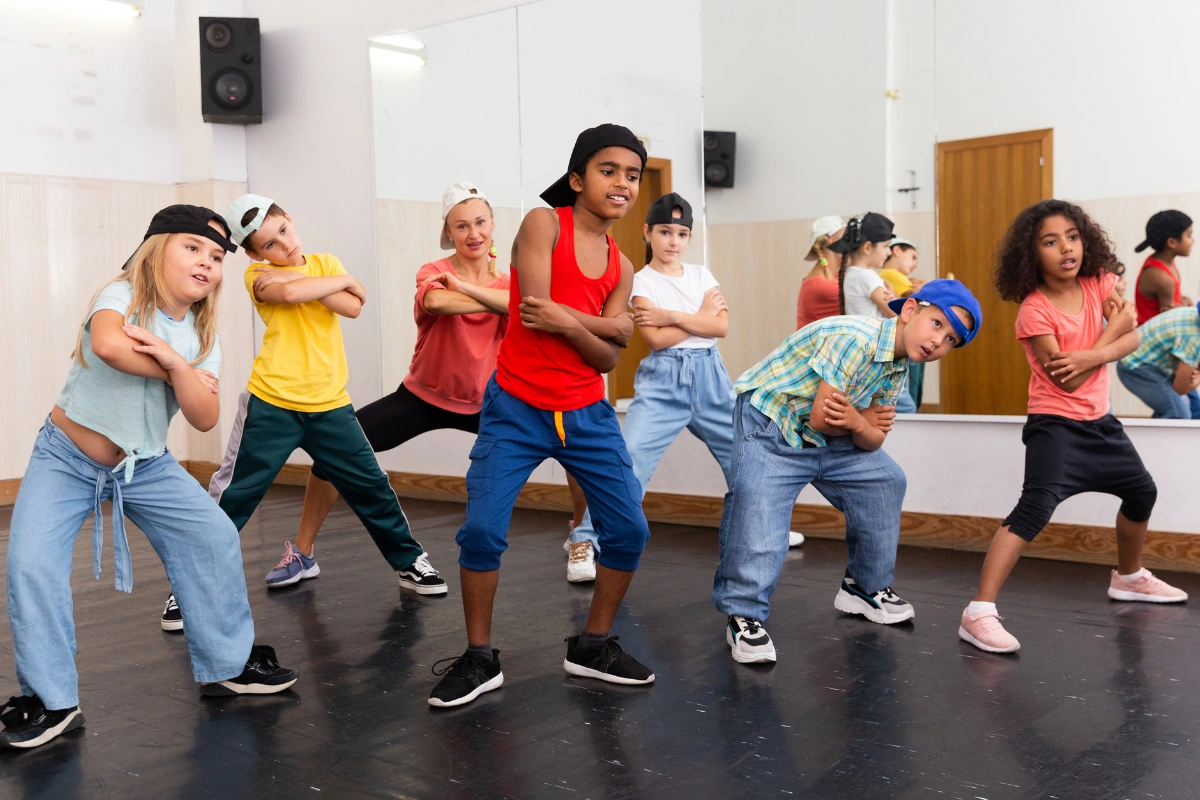
But sigh, “Urban” isn’t a perfect label, either
The term “Urban Dance” has become the de facto label for the choreography scene, offering a slightly more nuanced alternative to the blanket term “Hip Hop.” However, even this designation falls short in capturing the true essence of the art form.
While “Urban Dance” may evoke a sense of vibrancy and dynamism, it is not entirely accurate in its literal interpretation. Rather, it represents a mindset—an approach to choreography that is characterized by freedom and eclecticism. Choreographers are not bound by any specific dance form or genre; instead, they draw inspiration from a diverse range of influences to create something wholly unique.
Yet, the term “Urban” carries its own complexities and implications. On one hand, it conveys a sense of authenticity and cultural relevance, serving as a nod to the roots of the art form in urban environments. However, it also connotes a racialized and often stereotyped perception, with “Urban” frequently used as a euphemism for “ghetto.”
This semantic ambiguity becomes problematic when juxtaposed with the realities of Hip Hop culture. Hip Hop has always served as a voice for the oppressed and marginalized, rooted in the experiences of inner-city communities facing systemic inequalities. To label something as “Urban” is to indirectly reference this cultural heritage without fully embracing its socio-political implications.
Moreover, the term “Urban Dance” risks oversimplifying the diversity and complexity of the choreography scene. It fails to capture the breadth of influences and experiences that shape contemporary dance practices, reducing them to a singular, albeit catchy, label.
In essence, while “Urban Dance” may offer a more nuanced descriptor than “Hip Hop,” it still falls short in accurately representing the multifaceted nature of the art form. Moving forward, it is essential to engage in nuanced discussions about the language we use to describe dance practices, ensuring that our terminology reflects the rich cultural tapestry from which they emerge.
Then what the heck does all this mean?
When engaging in a conversation with Stretch, my perspective on dance styles underwent a profound shift. Rather than fixating on the differences between various styles, Stretch encouraged me to explore the interconnectedness and similarities that bind them together.
Delving into the lineage of dances revealed a fascinating narrative. Just as human DNA transcends the superficial constructs of ethnicity and race, dance forms too can be seen as universal expressions of human movement. Beneath the labels of Popping, Locking, Ballet, or Jazz lies the fundamental essence of movement itself—a language that speaks to our shared humanity.
This perspective offers a refreshing take on dance, stripping away the constraints of categorization to reveal the inherent beauty and complexity of movement. Whether one is freestyling or following choreography, the essence remains the same: movement in its purest form.
What truly breathes life into dance are the individuals behind the moves—their stories, experiences, and cultural backgrounds. To truly grasp the essence of a dance form, one must delve into the rich tapestry of human culture, appreciating the diversity and vibrancy it brings to the art of movement.
Moncell’s insights further underscored the notion that Urban Dance is more than just a collection of movements—it’s a thriving culture unto itself. Within this culture lie its own unique events, customs, humor, traditions, and values, all contributing to its rich tapestry.
While the debate over whether to label it as Urban Dance or something else may persist, what remains undeniable is the sheer magnificence of this cultural phenomenon. Whatever name it goes by, Urban Dance embodies a celebration of human creativity, expression, and connection—a testament to the power of movement to transcend boundaries and unite us all in a shared experience of artistry and expression.
Summary
In conclusion, the distinction between Urban Dance and Hip Hop is essential for preserving the integrity and cultural significance of both dance forms. While Urban Dance continues to captivate audiences with its eclectic mix of styles and innovative choreography, it is crucial to recognize that it is a distinct entity from Hip Hop. Hip Hop, with its deep roots in the socio-political landscape of the 1970s Bronx, represents a rich cultural movement encompassing music, dance, art, and community. Mislabeling Urban Dance as Hip Hop not only dilutes the profound heritage of Hip Hop but also overlooks the unique contributions and diversity within the Urban Dance community.
By respecting and acknowledging these differences, we honor the origins and evolution of Hip Hop culture while celebrating the creativity and dynamism of Urban Dance. This understanding fosters a more informed and respectful dialogue within the dance community, ensuring that both forms of expression are appreciated for their unique qualities and contributions. Ultimately, it is through this recognition and respect for cultural authenticity that we can truly appreciate the artistry and significance of both Urban Dance and Hip Hop, allowing each to thrive and continue to inspire future generations.

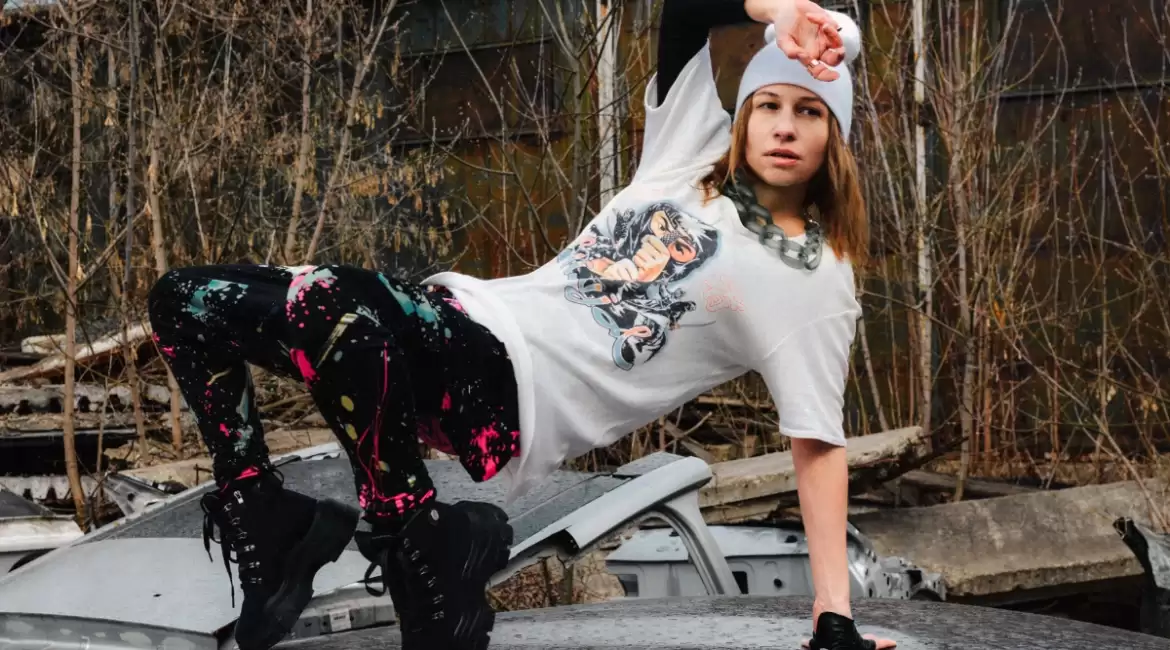
Leave a reply